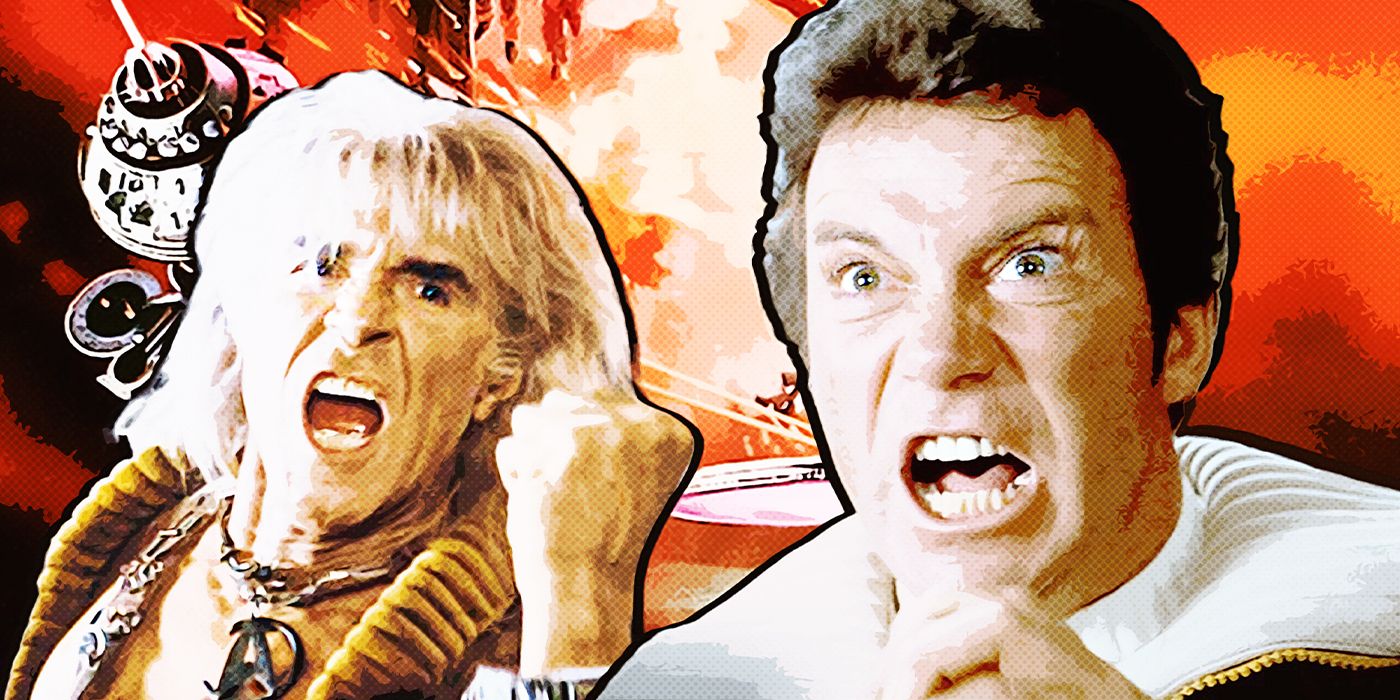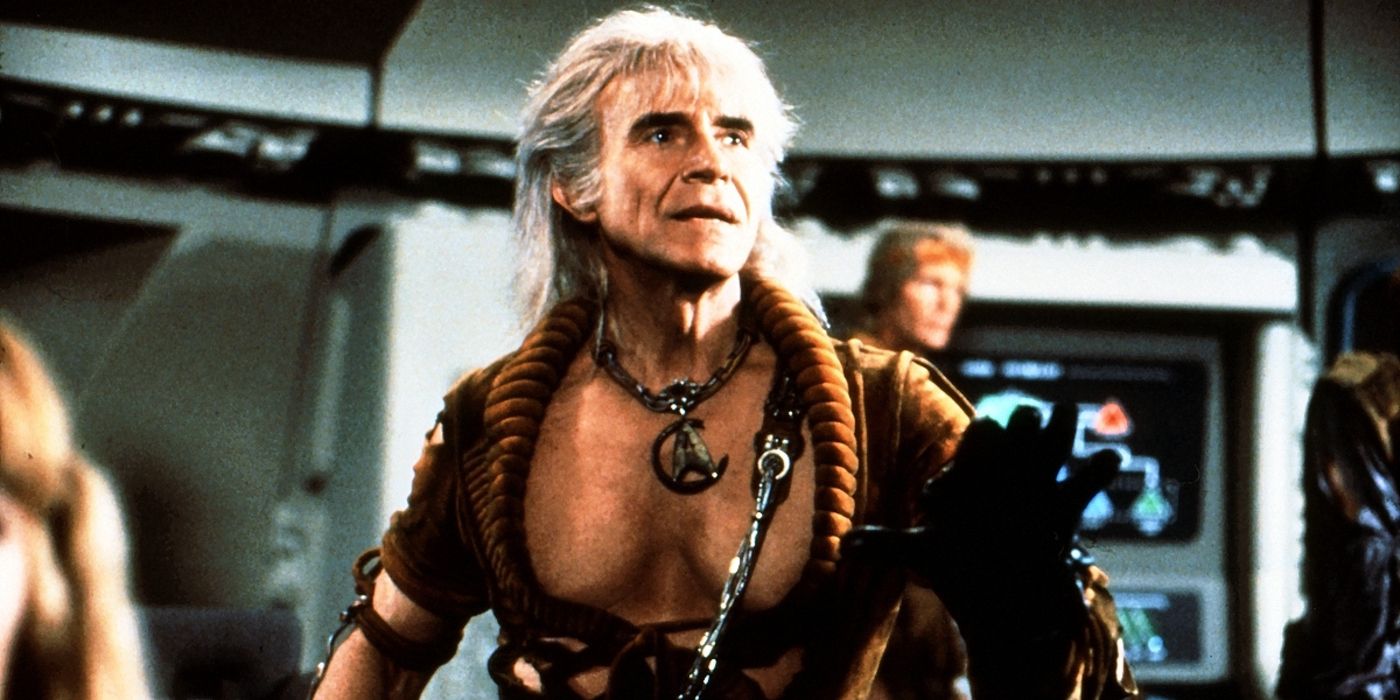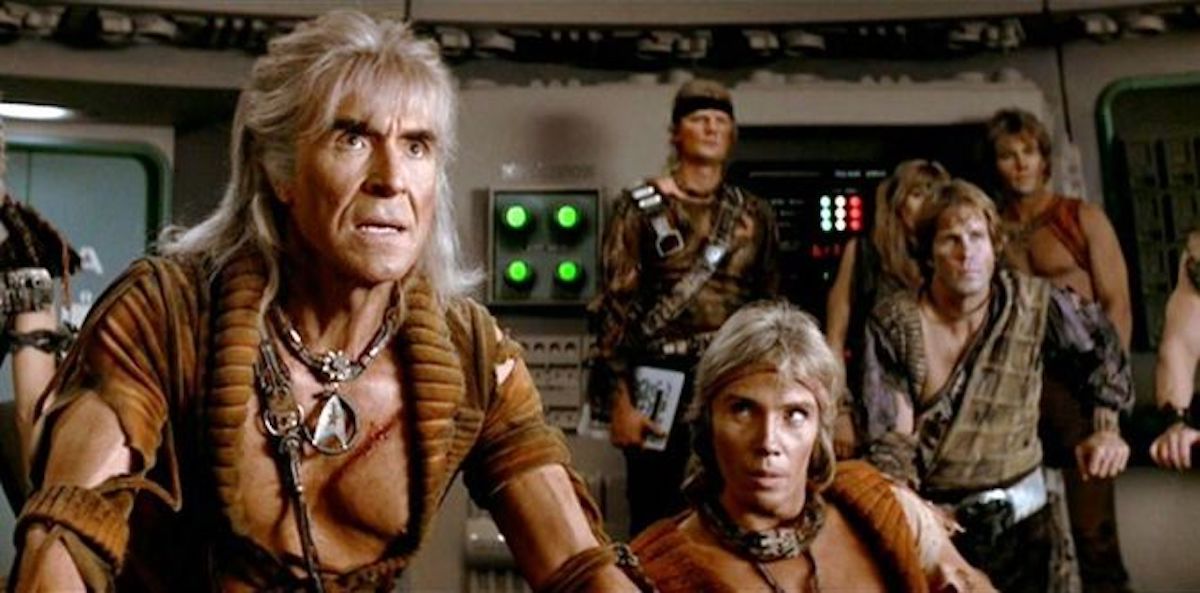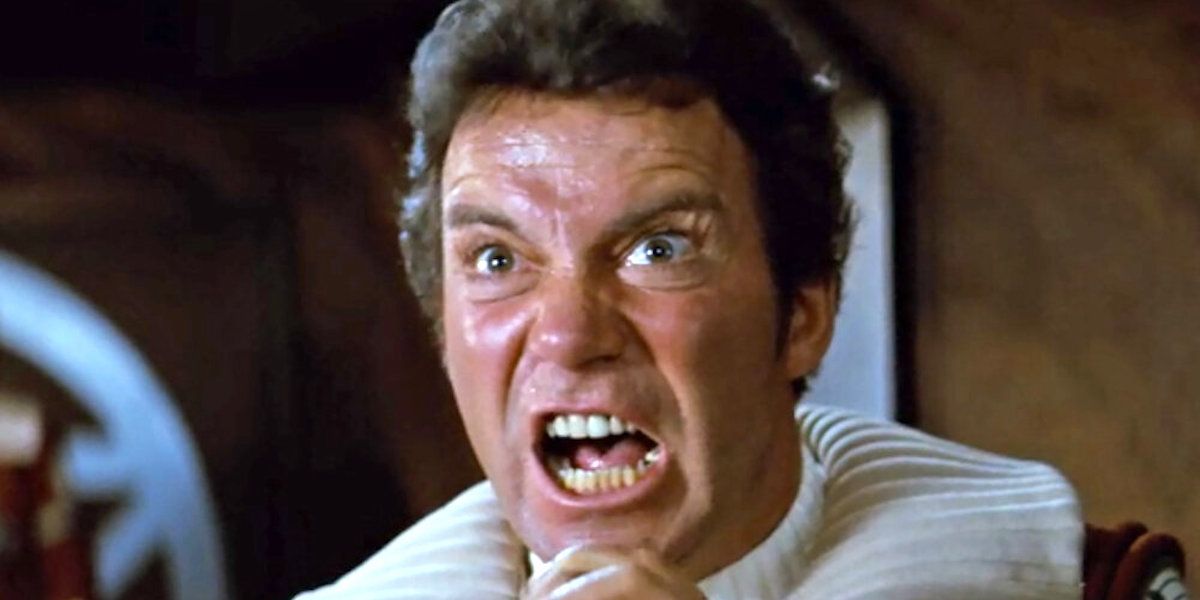When Star Trek: The Original Series debuted in 1966, show creator Gene Roddenberry saw it as a means of delivering hope for the future, setting a goal for mankind to achieve by example. Mankind had learned from its errors, and disease, poverty and hunger were eliminated in favor of an altruistic universe. Threats to the crew of the Enterprise, and by extension the UN-like Federation, tended to come from outside as human civilization had evolved past inner conflict, and resolved peacefully, by and large. The series' focus was never on spectacle (mostly by design, partially budgetary), but on changing society. Episodes would feature plots that exposed cultural and social issues of the 1960s, challenging views on race, sex, and ongoing political conflicts. The idea of a Prime Directive for Starfleet, one that dictated that Starfleet personnel and spacecraft were not to interfere in the development of a new society, was a direct repudiation of the Vietnam War, a superpower interfering in the development of an Asian society. The arrival of Star Trek II: The Wrath of Khan changed that.
The antagonist of the film, Khan Noonien Singh (Ricardo Montalban), was first introduced in "Space Seed", a 1967 episode of Star Trek: TOS. Khan was a superhuman tyrant from 1990s Earth, who had been found, along with his followers, in suspended animation aboard the SS Botany Bay by the USS Enterprise in 2267. Almost succeeding in wresting control of the Enterprise, Khan was stopped by Captain James T. Kirk (William Shatner) and given an opportunity to colonize Ceti Alpha V, a dangerous yet habitable world, in lieu of facing Federation punishment. The movie picks up his story in 2285, where it is learned that a cataclysmic event had caused massive devastation on Ceti Alpha V shortly after their arrival. As this benevolent option to colonize the world was never recorded officially, the Federation never followed up on their progress. Seizing on an opportunity to overtake the Starfleet ship USS Reliant, the outraged Khan uses it to hunt down Kirk, intercepting the Enterprise on its way to Spacelab Regula I.
What follows is a turn for the franchise, a thrilling action sequence set off by the Reliant's surprise attack. Khan begins raining the Reliant's phasers down on the now-crippled Enterprise and its crew, who turn the tables with a surprise of their own, disabling the Reliant's shields and taking out its photon control and warp power with a few phaser shots. Paired with a final climactic battle between the two spacecraft, in which the Enterprise annihilates the Reliant, the door had now been opened to Star Wars-ian display.
Star Trek III: The Search for Spock featured a battle between the Enterprise and a Klingon Bird of Prey, but otherwise the rest of the films starring the original cast scaled back on battle sequences, returning mostly to the Roddenberry model. However, declining interest in those films suggested a correlation, fairly or not, between spectacle and viewers. Roddenberry's Star Trek sold social commentary, stories that were insightful and intellectual, rooted in reality. Big, visually captivating action sequences sold tickets.
In the years that followed, Star Trek wove in grand battle action throughout its various iterations on film and television. The Battle for Deep Space Nine, pitting a Klingon fleet against the space station in the Season Four premiere of Star Trek: Deep Space Nine. The Battle of Wolf 359 from the Star Trek: The Next Generation episode "The Best of Both Worlds", which saw forty Starfleet ships attack a Borg cube (40 go in, only 1 comes out). The Battle of Sector 001, an even bigger battle between a Borg cube and a much larger Starfleet armada in Star Trek: First Contact. The Battle of the Binary Stars, arguably the largest battle on screen of any Star Trek film or television series, with the Starfleet v Klingon event airing on Star Trek: Discovery.
In allowing for more action sequences in the franchise, Star Trek proved that it could play with the big boys of sci-fi in delivering high-energy spectacle. Moviegoers and casual fans, those uninterested in the deeper aspects of Trek, were drawn in at the promise of seeing exciting visuals. It allowed for more creative uses of the Starfleet ships, over and above simply sailing across the stars.
But the advent of battle action sequences did have a negative impact on the franchise as well. Those that saw Star Trek as Roddenberry had envisioned it felt that battle scenes were added for the casual fan, not Trekkers. And when J.J. Abrams took up the reins, Trekkers were largely unimpressed with his vision, feeling he took a series that tackled serious issues and bastardized it as guns-blazing space fantasy.
It's no secret that Roddenberry wasn't on board with Star Trek II. He thought producer Harve Bennett was militarizing Trek, did not like the levels of violence, and even was noted to criticize Kirk killing the Celi Eel as it left Chekov's (Walter Koenig) ear. It's even speculated he (40-year-old SPOILER) leaked the death of Spock (Leonard Nimoy). Also true? He was upset that he had been replaced as primary producer on the film by Paramount, citing his work on the slow-moving Star Trek: The Motion Picture as the rationale behind the move. Roddenberry had simmering vendettas, creative clashes, personal demons, and was diametrically opposed, publicly and privately, to anything positive about the franchise at the time, most of which hadn't even been written by him.
Long story short, it's difficult to ascertain his true feelings on the action-oriented path of the franchise from Khan forward. But if we look at the action sequences in Trek as a whole, they do stand apart from their sci-fi cousins. There are consequences of conflict, a human element of loss that is shown, perhaps no more evident than in a scene from the director's cut of Khan, where the body of a young crew member that is brought to the bridge by Scotty (James Doohan) turns out to be his nephew. Battle was, and still is, a last resort in Star Trek features, and even then it brings forces from across the Federation to battle a common enemy.
To Roddenberry, freedom was worth fighting for when all other avenues had been exhausted. Khan may have added an element to the franchise, but in retrospect it still promises his dream of a brighter future.




